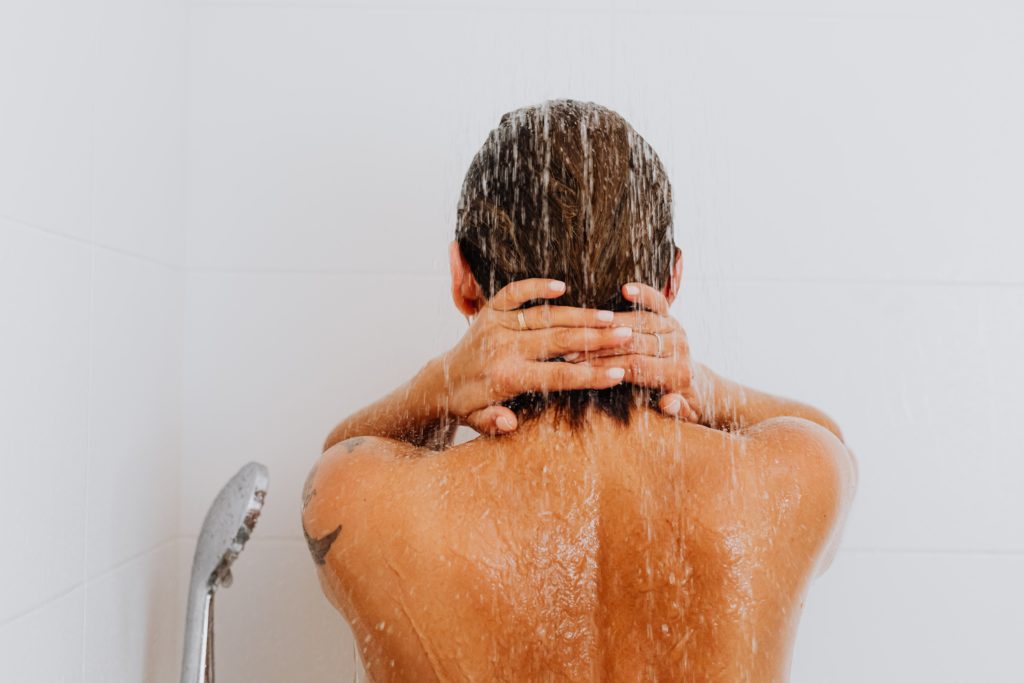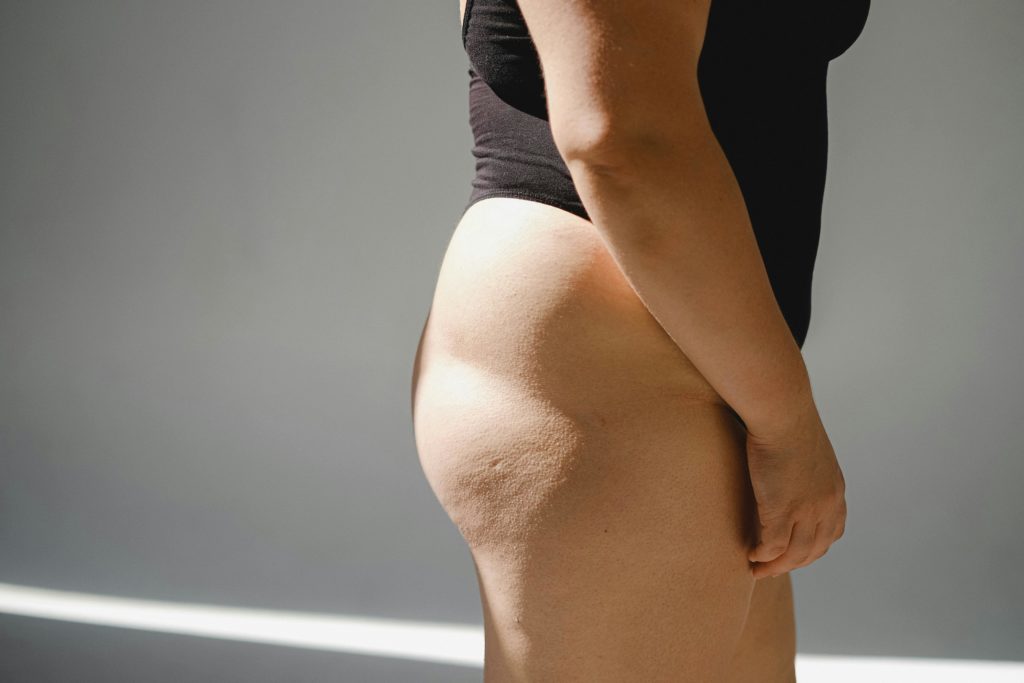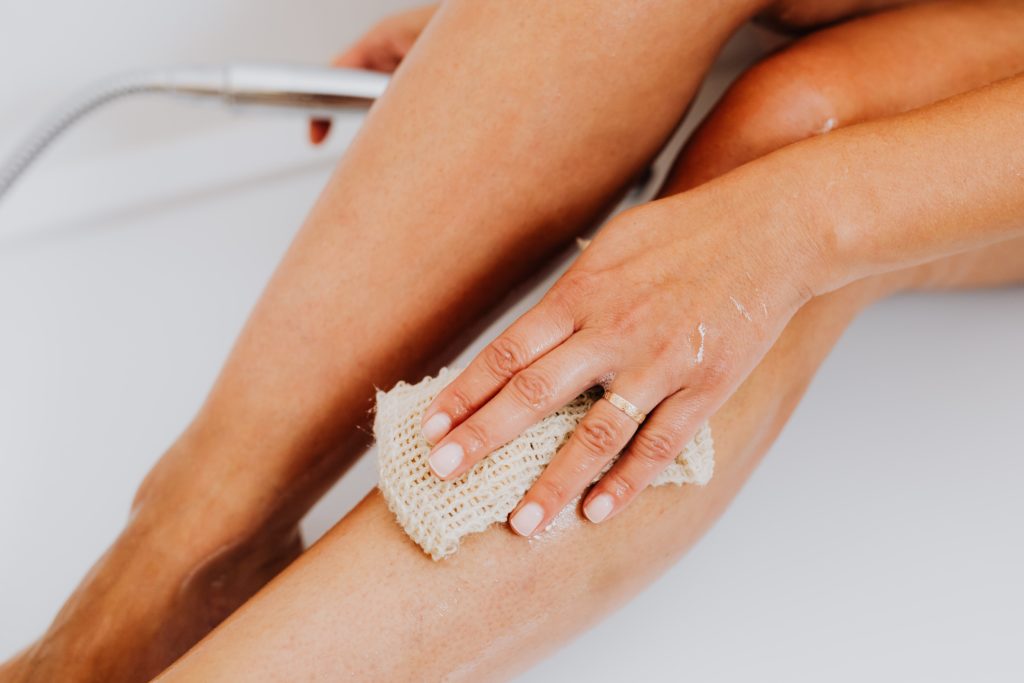In today’s fast-paced world, stress, sedentary lifestyles, and poor posture have become all too common, taking a toll on our bodies and overall well-being. One often overlooked but highly effective way to combat these issues and promote better health is through regular body massages. While massages are often associated with relaxation and pampering, they also play a crucial role in improving circulation throughout the body.
In this comprehensive guide, we’ll explore the importance of regular body massages for circulation and overall health. From enhancing blood flow to reducing inflammation and relieving muscle tension, massages offer a wide range of benefits that contribute to improved physical and mental well-being.
Benefits of Regular Body Massages for Circulation
1. Improves Blood Flow
One of the primary benefits of regular body massages is their ability to improve circulation throughout the body. Massage techniques such as kneading, tapping, and stroking help to stimulate blood flow to the muscles and tissues, delivering oxygen and nutrients while removing metabolic waste products. Enhanced circulation not only promotes overall cardiovascular health but also aids in the healing process, reduces swelling, and speeds up recovery from injuries.
2. Reduces Inflammation
Chronic inflammation is a common culprit behind many health issues, including cardiovascular disease, arthritis, and autoimmune disorders. Regular body massages can help reduce inflammation by stimulating the lymphatic system, which plays a crucial role in removing toxins and waste products from the body. By encouraging lymphatic drainage, massages help to reduce swelling and inflammation, promoting better circulation and overall health.
3. Relieves Muscle Tension
Muscle tension and stiffness are common complaints, especially among those who lead sedentary lifestyles or engage in repetitive movements. Regular body massages can help alleviate muscle tension by promoting relaxation and releasing tightness in the muscles. Massage techniques such as deep tissue massage and myofascial release target specific areas of tension, helping to improve flexibility, range of motion, and overall muscle function.
4. Promotes Relaxation and Stress Reduction
In addition to their physical benefits, massages also have profound effects on mental and emotional well-being. The gentle pressure and rhythmic movements of massage therapy help to trigger the release of endorphins, neurotransmitters that promote feelings of relaxation and happiness. By reducing stress hormones such as cortisol and adrenaline, massages can help alleviate anxiety, improve mood, and enhance overall quality of life.
5. Boosts Immune Function
Regular body massages have been shown to have a positive impact on immune function, helping to bolster the body’s natural defenses against illness and infection. Massage therapy has been found to increase the activity of white blood cells, which play a crucial role in fighting off pathogens and foreign invaders. By supporting immune function, massages can help reduce the risk of illness and promote faster recovery from illness or injury.
Conclusion
Regular body massages play a crucial role in promoting circulation and overall health. From improving blood flow and reducing inflammation to relieving muscle tension and promoting relaxation, massages offer a wide range of benefits that contribute to improved physical and mental well-being. Whether you’re looking to alleviate chronic pain, reduce stress, or boost your immune system, incorporating regular massages into your routine can have profound effects on your health and quality of life.
Frequently Asked Questions (FAQs)
1. How often should I get a body massage for optimal circulation?
The frequency of body massages depends on individual needs and preferences. For general maintenance and stress relief, getting a massage once a month may be sufficient. However, if you have specific health concerns such as chronic pain or circulation issues, you may benefit from more frequent massages, such as once a week or bi-weekly.
2. Are there any risks or contraindications associated with body massages?
While body massages are generally safe for most people, there are certain contraindications to consider. Individuals with certain medical conditions such as uncontrolled high blood pressure, deep vein thrombosis, or recent surgery may need to avoid or modify massage therapy. It’s essential to consult with a healthcare provider before undergoing massage therapy, especially if you have underlying health issues.
3. What type of massage is best for improving circulation?
Several massage techniques can help improve circulation, including Swedish massage, deep tissue massage, and lymphatic drainage massage. Swedish massage is gentle and promotes relaxation, while deep tissue massage targets specific areas of tension and stiffness. Lymphatic drainage massage focuses on stimulating the lymphatic system to reduce swelling and inflammation. The best type of massage for improving circulation depends on individual preferences and health goals.
4. Can I perform self-massage at home to improve circulation?
Yes, self-massage techniques can be beneficial for improving circulation and relieving muscle tension. Techniques such as self-massage with foam rollers, massage balls, or handheld massagers can help target specific areas of tension and promote relaxation. However, it’s essential to learn proper techniques and listen to your body to avoid injury or exacerbating existing issues.
5. Are there any lifestyle changes I can make to complement the benefits of body massages?
In addition to regular body massages, adopting a healthy lifestyle can further enhance the benefits of massage therapy. This includes staying hydrated, eating a balanced diet rich in fruits, vegetables, and lean proteins, engaging in regular physical activity, and practicing stress management techniques such as meditation, yoga, or deep breathing exercises. These lifestyle changes can help support overall circulation and improve overall health and well-being.



